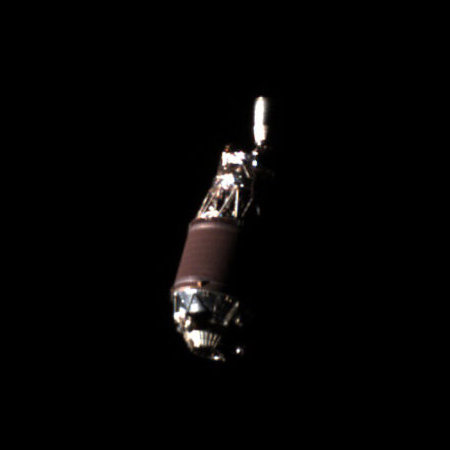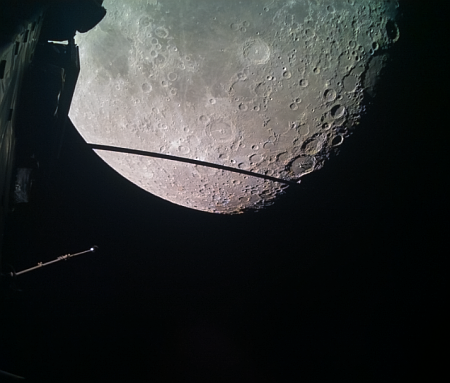Rocket Factory identifies cause of failure during rocket static fire test
According to Rocket Factory Augsburg, its investigation into the explosion during the first full nine-engine static fire test of its RFA-1 rocket earlier this week has identified the cause of the failure.
In an update on LinkedIn on 22 August, RFA COO Dr. Stefan Brieschenk announced that the company had completed an initial internal review. In what Dr. Brieschenk describes as “very preliminary” findings, he explains that the company has identified an “oxygen fire in one of the turbopumps” as the root cause of the incident. “That engine and that turbopump have run before without issues, wrote Dr. Brieschenk. “Eight engines ignited. We had multiple back-up and safety systems in place that were supposed to shut everything down – but things did not align on Monday as planned.”
As he notes, this is very preliminary. The company probably still does not know why the fire occurred in that turbopump, and it will need to find out in order to fix the problem. And without that fix, it is almost certain the UK’s Civil Aviation Authority (CAA) will not issue the company a launch license when a new first stage is built and delivered to the Saxavord spaceport in the Shetland Islands where the launch is planned.
All in all, expect a delay of at least one year before that launch can occur. Base on the CAA’s past history, that delay could easily extend to two years.
According to Rocket Factory Augsburg, its investigation into the explosion during the first full nine-engine static fire test of its RFA-1 rocket earlier this week has identified the cause of the failure.
In an update on LinkedIn on 22 August, RFA COO Dr. Stefan Brieschenk announced that the company had completed an initial internal review. In what Dr. Brieschenk describes as “very preliminary” findings, he explains that the company has identified an “oxygen fire in one of the turbopumps” as the root cause of the incident. “That engine and that turbopump have run before without issues, wrote Dr. Brieschenk. “Eight engines ignited. We had multiple back-up and safety systems in place that were supposed to shut everything down – but things did not align on Monday as planned.”
As he notes, this is very preliminary. The company probably still does not know why the fire occurred in that turbopump, and it will need to find out in order to fix the problem. And without that fix, it is almost certain the UK’s Civil Aviation Authority (CAA) will not issue the company a launch license when a new first stage is built and delivered to the Saxavord spaceport in the Shetland Islands where the launch is planned.
All in all, expect a delay of at least one year before that launch can occur. Base on the CAA’s past history, that delay could easily extend to two years.


















